info.windenergyireland.com
RE-Harrier
This project aims to address the impact of wind energy development on the hen harrier, a species of conservation concern in Ireland.
Follow thread presentations from our #BOUasm24 conference - Birds and net zero: mechanisms, impacts and solutions in the transition to clean energy. BlueskyFeedCreator.com
Feed on Bluesky
At #BOUasm24 Katherine Whyte is trying to understand the mechanisms behind the impacts of offshore wind developments on seabirds To understand predator-prey interactions, they are collecting GPS tracking data of tagged seabirds and conducting acoustic and trawl surveys of fish #ornithology
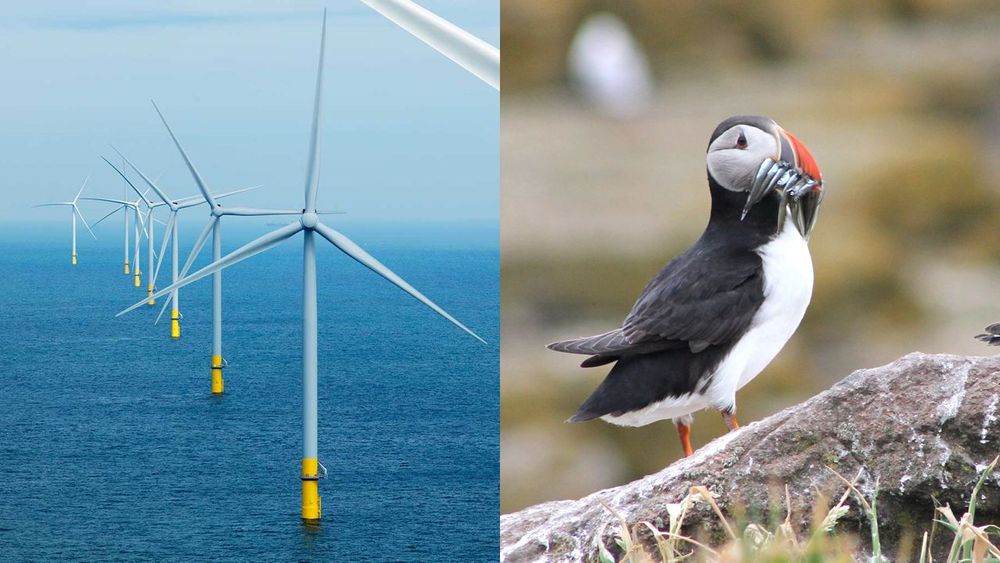





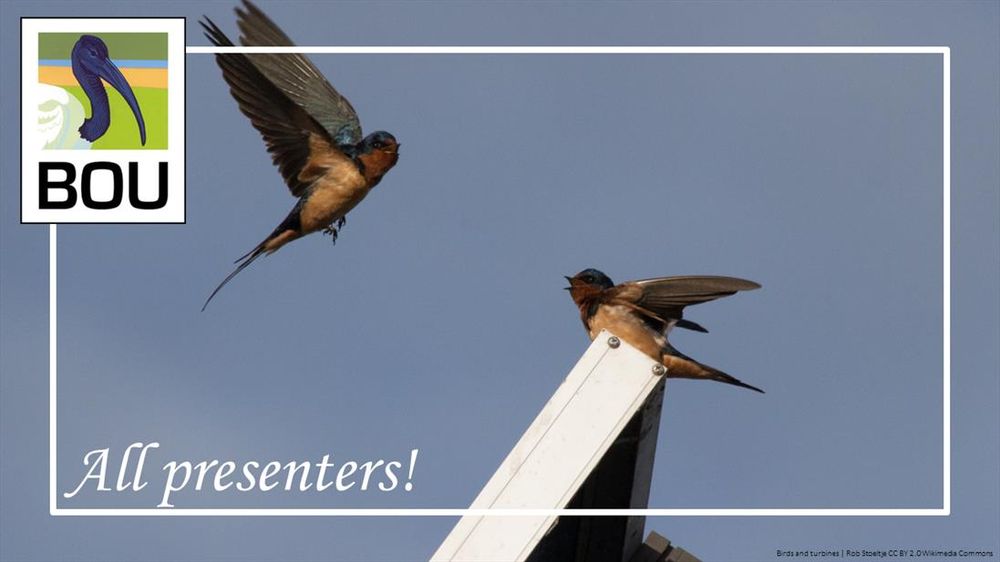







info.windenergyireland.com
RE-Harrier
This project aims to address the impact of wind energy development on the hen harrier, a species of conservation concern in Ireland.





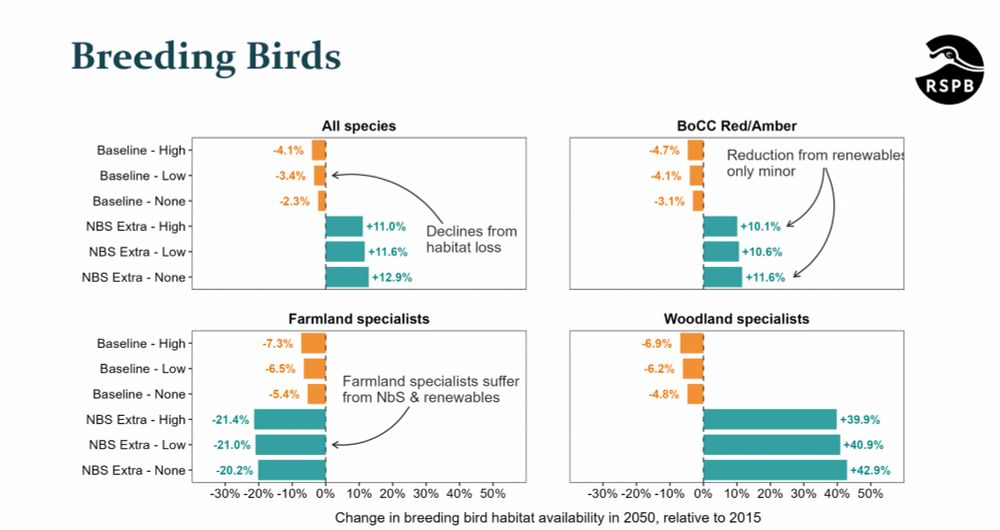



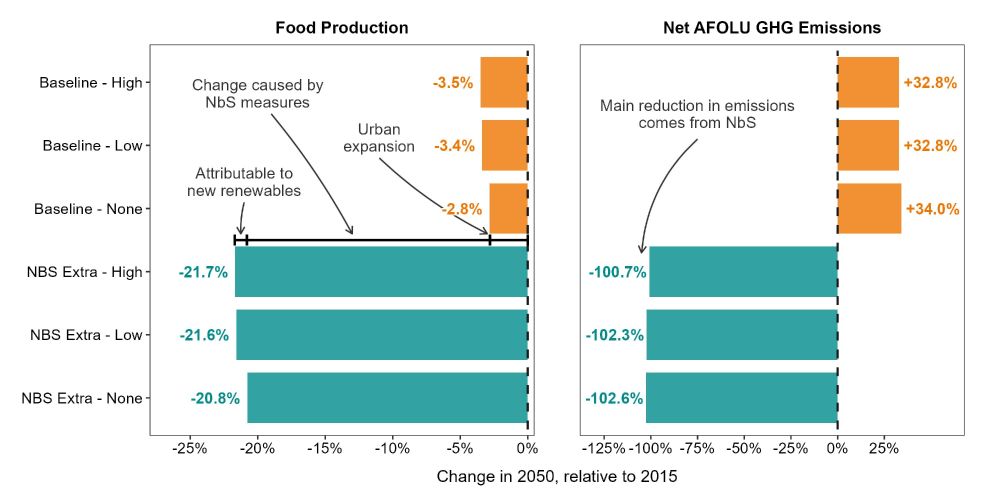


www.sciencedirect.com
Ambitious onshore renewable energy deployment does not exacerbate future UK land-use challenges
Transitioning to renewable energy is crucial for meeting net-zero targets to tackle the climate crisis. Although wind and solar are the main generatio…


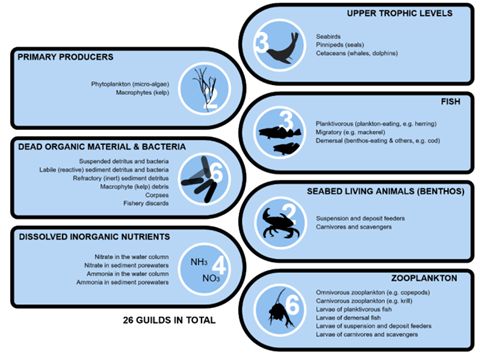





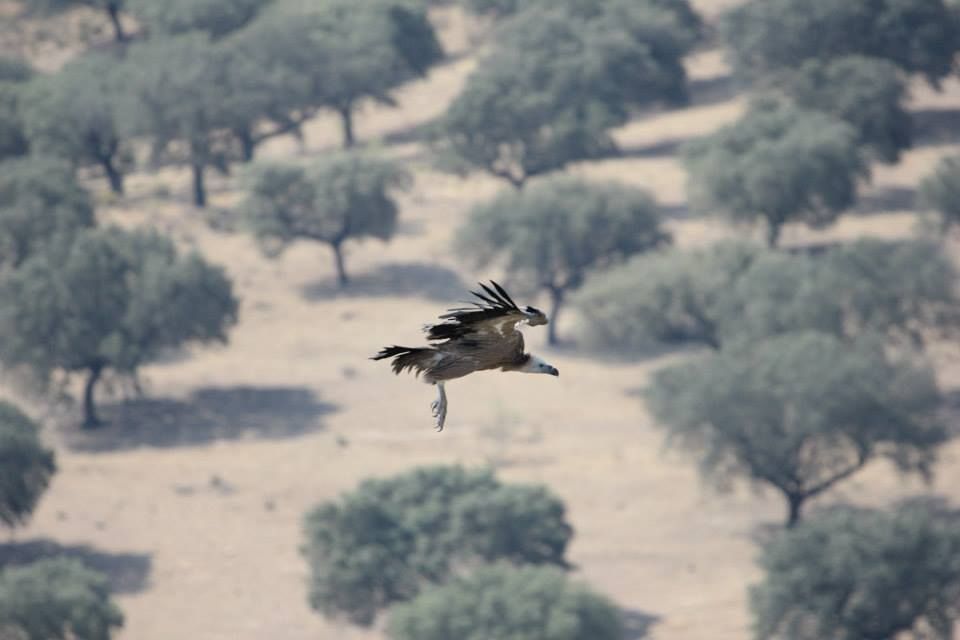






nsojournals.onlinelibrary.wiley.com
Temporal change in the contribution of immigration to population growth in a wild seabird experiencing rapid population decline
The source–sink paradigm predicts that populations in poorer-quality habitats (‘sinks') persist due to continued immigration from more-productive areas (‘sources'). However, this categorisation of po...

